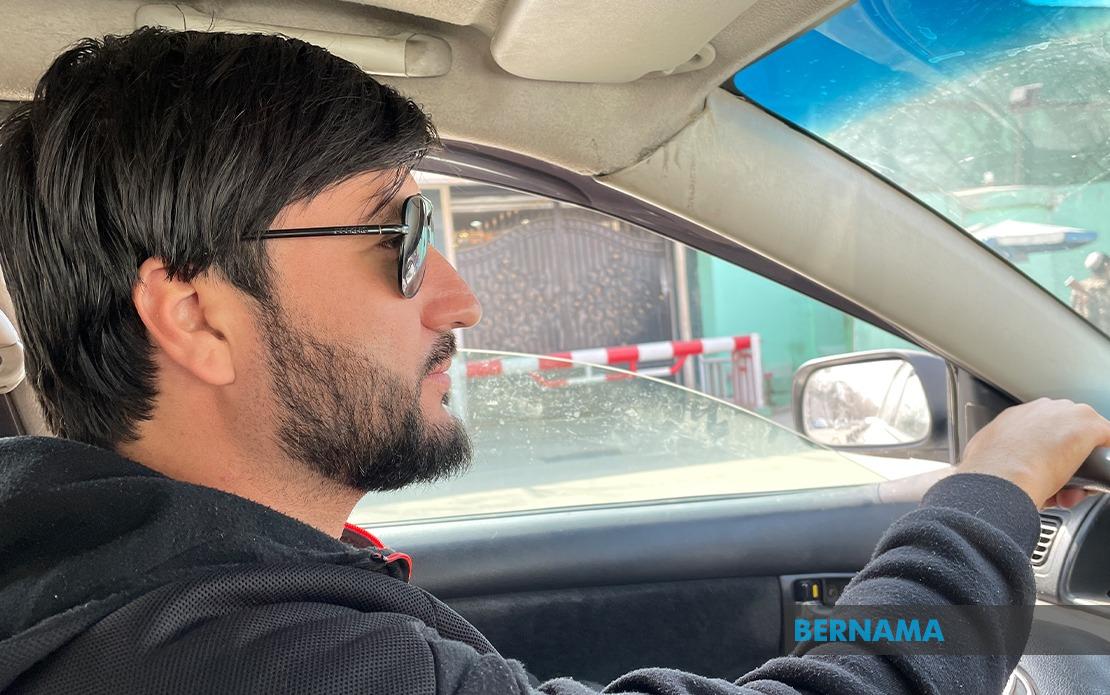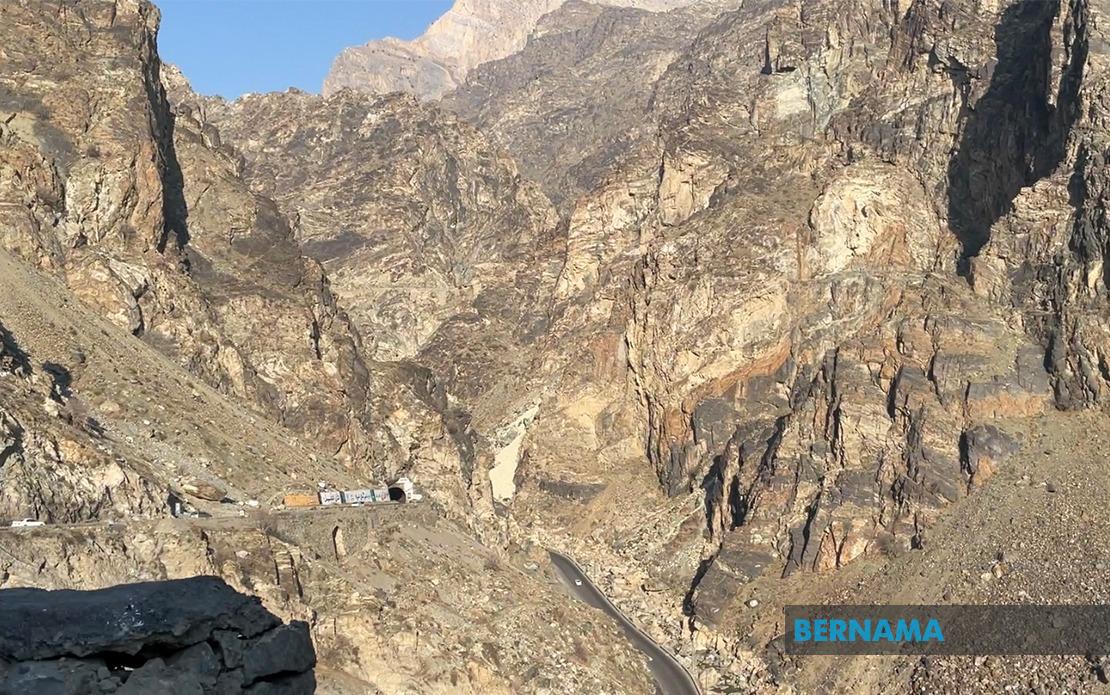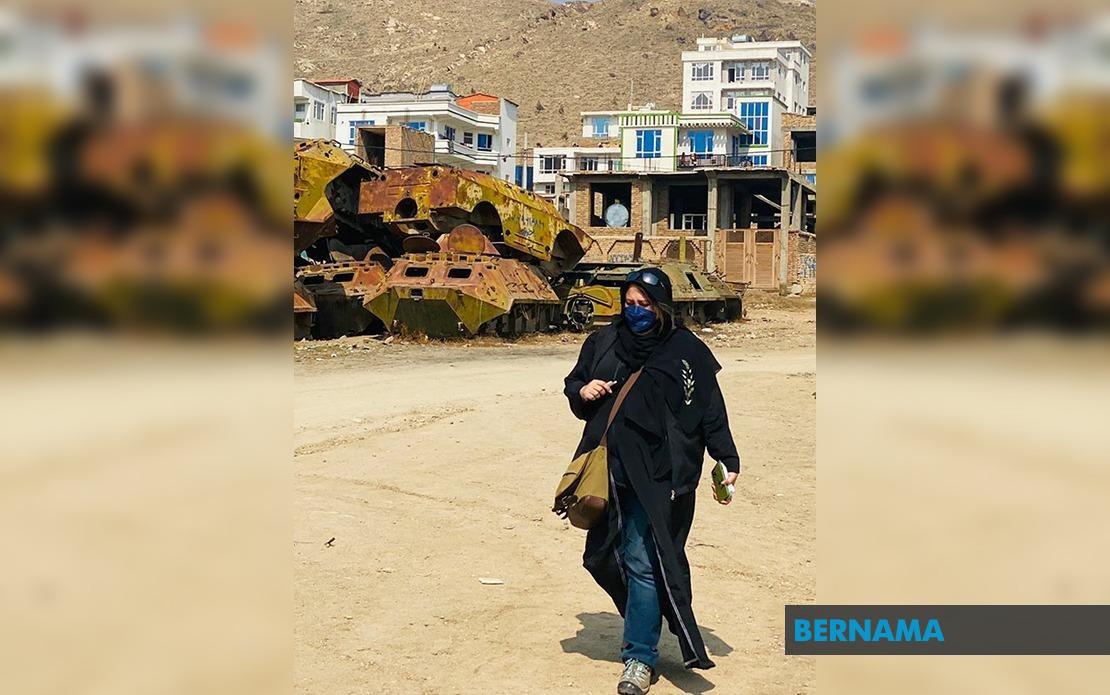K
ABUL, March 19 (Bernama) – Wear a hijab or die.
Before I left for Afghanistan last month to report on Malaysian humanitarian efforts and the state of women’s rights under the Taliban, many were worried I would be maimed or killed because I am a woman. There was also the worry that I would not be able to do my work because although women would talk to me, no man would.
After all, no female journalist from Malaysia that I knew of had gone to Afghanistan since the Taliban’s return to power. Many thought I was in dangerously uncharted waters.
This was despite the promises that the Taliban made, vowing they would rule moderately and that they would not repeat the brutality that marked their previous rule, especially against women who did not adhere to their extreme understanding of Islam.
That I had to wear a hijab was no surprise. I had consulted a few Afghan refugees in Malaysia and people who had returned from a humanitarian mission to Afghanistan and they advised me to wear an abaya (black Arabic dress) with a long dark winter coat.
But the reality was more varied. Although the women covered their hair with a scarf, be it loosely or tightly, some wore the abaya while others wore the blue burqa, the traditional Afghani blue robe that instantly renders the person wearing it faceless and anonymous. A few women wore colourful coats or mid-length dresses with leggings.
CONSERVATIVE
Since arriving here on Feb 23, I tried one time to forgo the abaya, which was long and encumbering. Instead, I wanted to wear my mid-thigh dark winter jacket over my sweater and jeans when going out to the city in search of stories.
Hamid Wafa Said, who was my local “fixer”, told me to go back and put on the abaya.
“You’ll attract too much attention,” he said.

Penterjemah saya di Afghanistan Hamid Wafa Said. --fotoBERNAMA (2022) HAKCIPTA TERPELIHARA
I pointed out to the women who walked around without the abaya or the burqa. His answer was simple. He said while I may look local enough, I wasn’t.
He didn’t seem to mind the jacket as much as he did the jeans, looking at them as if it was a grave insult to remind him that women had legs. Looking back, none of the women who forwent the abaya wore trousers. Could that be it?
The second time my dress and gender were an issue was when we went to Nangarhar Province, a conservative and troubled region of Afghanistan bordering Pakistan, which used to house Al Qaeda training camps and was formerly under ISIS control.
It had been five days since my arrival. Much of the humanitarian work was concentrated in Kabul and this was the first time most of us would be outside the capital city, a supposed oasis of tolerance and modernism in a deeply traditional and conservative country.
I went with the all-male Malaysian delegation, which included representatives from Global Peace Mission Malaysia (GPM), MyCare, Islamic lifestyle company GISB Holdings and local partners. The group planned to deliver food aid to 150 families in Nangarhar Province, most of whom were war widows and orphans, or war victims.
My being the only woman in the group meant there would be a few cultural complications.
GPM chief executive officer Ahmad Fahmi Mohd Shamsudin drew me aside before our trip. The place we were going to was very conservative, he explained, so could I cover up fully?
“Make sure your hair doesn’t show,” he said, referring to my habit of wearing a loose scarf in Kabul.
I didn’t mind covering myself as fully as I could for the trip, but I didn’t want to wear a burqa. Instead, I replaced the loose scarf with my mother’s black tudung (tube scarf), put on my usual abaya and my face mask.
With my sunglasses on, only a few inches of my skin were visible – a bit of my forehead, a little of my cheeks and my hands. There was little chance of my being an object of lust unless one of them wanted to go for a “towering black blob” wearing a Bernama vest and carrying a beat-up canvas bag full of camera equipment!
To tell you the truth, I have never seen a bunch of men so obsessed with women’s clothes outside of Paris Fashion Week.
DINING TROUBLE
We stopped by a restaurant for breakfast and again, the issue of my gender cropped up. Where would I sit? In Kabul, I would usually sit with the men when we had lunch or dinner. But this was Nangarhar.
No one wanted to offend local sensibilities by having a woman eat with the men, but no one wanted to tell me to go away either. So I decided for them. I sat on the couch with a table next to the men, and dared anyone to complain. No one did.

Di dalam perjalanan ke Jalalabad, Wilayah Nangarhar. --fotoBERNAMA (2022) HAKCIPTA TERPELIHARA
Later when we arrived at the school where the aid distribution took place, I asked the women about women’s rights and whether they feared losing their freedom. I asked if they had always worn a burqa.
Most of them were eager to tell me their stories. All widows, they told me through a local interpreter that they did not mind wearing the burqa as it was their traditional dress. They were more focused on staving off starvation rather than worrying about freedom.
The withdrawal of US forces from Afghanistan and the Taliban takeover in August last year, which triggered international sanctions, compounded the people’s suffering. According to the United Nations, 95 percent of the population does not have enough to eat, with 8.5 million at the brink of starvation.
“We’re poor people, we can’t do anything about it. The Taliban is in charge now,” said Delzara, a widowed mother of eight. Like many Afghans, she only has one name.
It was time for lunch and again, no one was sure where to put me. This time, it wasn’t just the Malaysian delegation as representatives from GPM’s local partners Ehsas Welfare and Social Services Organisation (EWSSO) were present as well.
“You should go upstairs and eat there,” said Rahim, the Afghan man in charge of our fixers, after talking to some of the men.
I told him no. I was not eating alone in a separate room in a strange place. He looked around and the EWSSO member relented.
SECURITY
The whole day, as we made our way through the 800km-long mountain range known as the Hindu Kush, the security issue in Afghanistan was ever-present at the back of my mind.
For decades, news about Afghanistan dealt with death, be it among the Mujahideen, Soviet, Taliban or US forces. Interspersed with these grim tallies were the deaths of ordinary Afghans, men performing their Friday prayers, women buying food or children in schools. I was concerned that I might be joining their ranks, my eyes raking over every suspicious debris on the roads in case it was an improvised explosive device (IED).
To their credit, security in Afghanistan has improved since the Taliban took over, although a friend noted to me that it was easier for the insurgents, rather than peacekeeping forces, to create safety. All they had to do, he reasoned, was stop their attacks.

Wartawan Bernama Nina Muslim berjalan di hadapan kereta kebal peninggalan Kesatuan Soviet. Afghanistan dicerobohi Kesatuan Soviet pada tahun 1979. --fotoBERNAMA (2022) HAKCIPTA TERPELIHARA
While the daily bombings and attacks have lessened with the Taliban in charge now, Afghans have told me they did not feel secure. Women were a given; many had lost their jobs and they were scared they would lose even more.
Women activists were reportedly arrested in the last few months for protesting the restrictions the Taliban placed, such as requiring them to wear a burqa. Some received death threats. Most were planning to leave the country.
When I asked if this was something I should be worried about, they reassured me, saying, “You’ll be okay. You’re foreign and Malaysian.”
Their words did seem to pan out.
Contrary to expectations, I had little problem interviewing men in Afghanistan. When the Malaysian group met with the Taliban, I tagged along, sitting next to the Talibs who were polite and plied me with sweet cakes and tea. I questioned them about women’s rights, reprisals against former employees of the ousted US-backed government and their commitment to becoming part of the international community.
Out of the Talibs I talked to, only one refused to talk to me after I showed up for our appointment.
However, non-Talib men were happy to talk to me. A few of them had worked with the previous government. Some went back to work at ministries under the Taliban while others did not have that option. All were concerned about survival, be it from starvation or reprisal by the Taliban.
Nidol (a nickname), a burly Afghan man I met at a local supermarket, said he used to work at a US military base in Khost Province, handling logistics. Now, he and his family were staying off the radar as much as possible out of fear, waiting for the US to evacuate them.
I asked him about the Taliban promising amnesty to people who used to work for the former government and US forces. He scoffed and waved it away. He had heard too many stories of his former peers being tortured and killed, true or not, to believe the Taliban’s promises.
“If they were sincere, why can’t I go home to see my parents in Khost province?” he asked.
Other men said something similar. While a few may not be too fond of the previous government, they were worried the Taliban would not be able to keep the country safe for long, with ISIS and Northern Alliance sniffing at their heels. Taliban guards had been going house-to-house in Kabul in search of weapons.
“The fighting starts when the snow melts,” said a businessman, repeating a common adage in Afghanistan. He was worried he would not be able to leave the country when the time came.
When I left on March 3, it was sunny and bright. There was little snow left.
Edited by Rema Nambiar
– BERNAMA
Penulis
Nina Muslim
8 April 2022